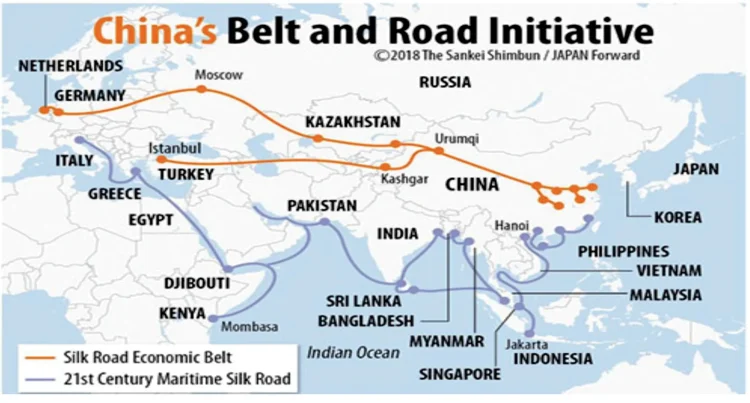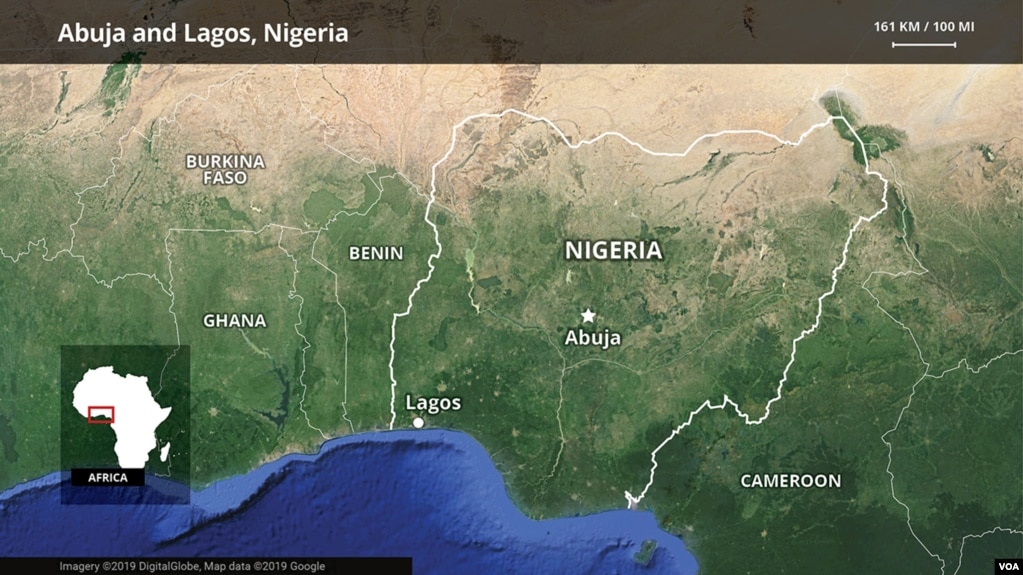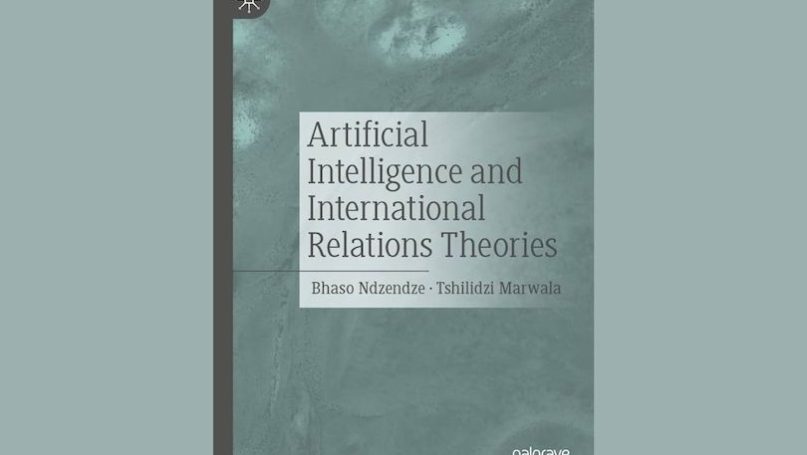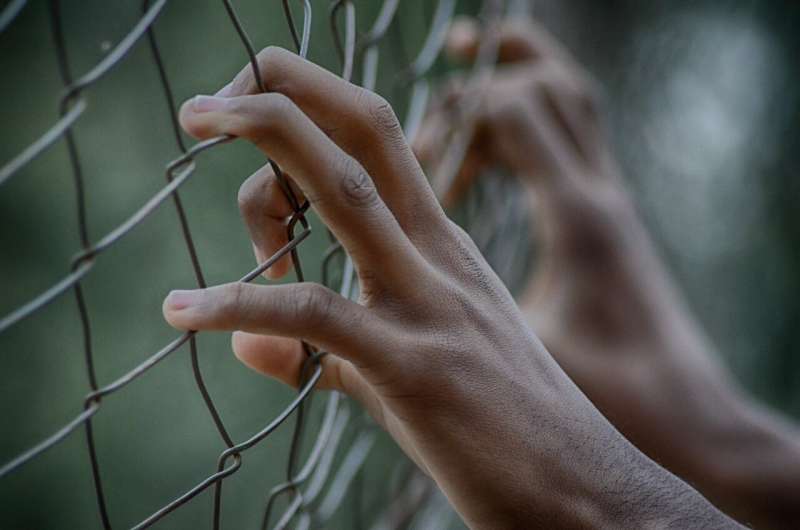by Naba Fatima

RECENTLY, Pakistan hosted its first mineral summit, “Dust to Development: Investment Opportunities in Pakistan.” Organised under the auspices of the newly established Special Investment Facilitation Council (SIFC), the summit aimed at attracting foreign investors to exploit Pakistan’s $6 trillion worth of minerals. According to the Trade Development Authority of Pakistan (TDAP), the mineral industry contributes only $1.18 billion to the GDP, i.e., only one percent of the national GDP. During the summit, Pakistan set the target of increasing its mineral contribution to GDP by up to 5 percent. However, to channel the mineral resources into the national economy, Pakistan must break the Gordian knot of infrastructural and security challenges.
Mineral is a capital-intensive industry; based on mining, refining, production, and transport. Being a developing country, Pakistan lags in the infrastructural demand of the mineral industry. Through the China-Pakistan Economic Corridor (CPEC), it was predicted that these infrastructural demands would be fulfilled as Special Economic Zones (SEZs), railway lines, and ports would be established under this project. However, political instability and economic turmoil badly affected the estimated potential of CPEC. Among the transportation projects, only six out of twenty-four are complete and five are under construction. Similarly, out of nine SEZs, only four are launched. These delays concomitant a declineof44 per cent in Foreign Direct Investment (FDI). International mineral corporations also seem hesitant to invest in SEZs after the Saindak and Reko Diq disputes.
Furthermore, the global outlook for non-traditional security threats undermines the growth of SEZs in Balochistan and KPK. For twenty years, Pakistan fought the war on terrorism, which negatively affected its global image. Incidents like the Dasu bus attack, the lynching of non-Muslims, and separatist movements overshadow the economic potential of Pakistan. For instance, the Katlang Economic Zone has the potential to encourage investors to establish refining industries for gemstones like topaz and quartz. Similarly, Bostan SEZ is an ideal site for the chromite and ceramic industries. However, foreign investors seem reluctant to invest in these security-challenged areas.
Keeping in view these economic and security challenges, Pakistan needs to draft an inclusive national mineral policy to attract foreign investment in the mineral industry. Currently, Pakistan is exporting 53 out of 170 types of indigenous minerals in raw form to the international market, including Himalayan salt, jade, nephrite, and aragonite. In contrast, developing countries like Chile and Brazil add up to $30 billion to their economies by exporting their valuable mineral products. Pakistan should invest in establishing a local refining industry in SEZs to add value to its mineral products for export, as it did in Mianwali SEZ by signing a $200 million agreement with an American company to start a pink salt refining plant. Meanwhile, Pakistan should also expand its mining horizons from salt to other minerals.
In addition, Pakistan needs to promote its small and medium enterprises for marketing high-value indigenous mineral products to attract foreign investors. Pakistan is estimated to have 1600 million tons of unexploited gold reserves, along with copper and coal. To vitalise Pakistan’s mineral industry, it could promote small-scale mining, like China, that earns about US$200 million annually by exploiting its gold at small scale. Similarly, in sub- Sahara Africa, gold and gemstones are mined at small scale that contributes US$1 Billion to its economy. However, to promote small-scale mining, Pakistan needs to boost local small and medium enterprises. For this purpose, Pakistan could use the framework of Uzbekistan that expanded its SMEs by creating Export Promotion Fund for Small Business and Private Entrepreneurship in 2013. This programme resulted in SMEs contribution to GDP up to 56.9 percent.
There is no denying that Pakistan is currently in a huge economic crisis. However, by incorporating the mineral industry into the national economy, Pakistan could boost its economic growth. As the second phase of CPEC is in the mid of completion, it is a golden opportunity for Pakistan to attract foreign investors. The first mineral summit is a constructive measure to achieve this target. Therefore, Pakistan should now invest in rebranding its global image by mitigating security challenges and promoting local SMEs.
—The writer is a researcher at the Centre for Aerospace and Security Studies (CASS), Lahore, Pakistan.
Email: nabafatima.1996@gmail.com










